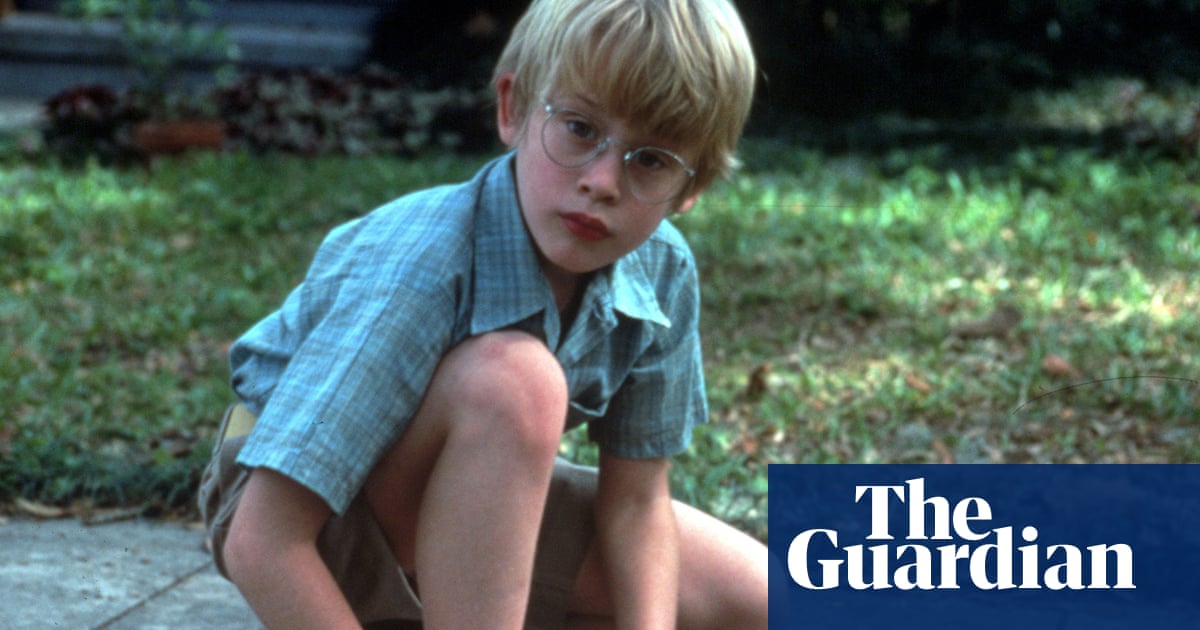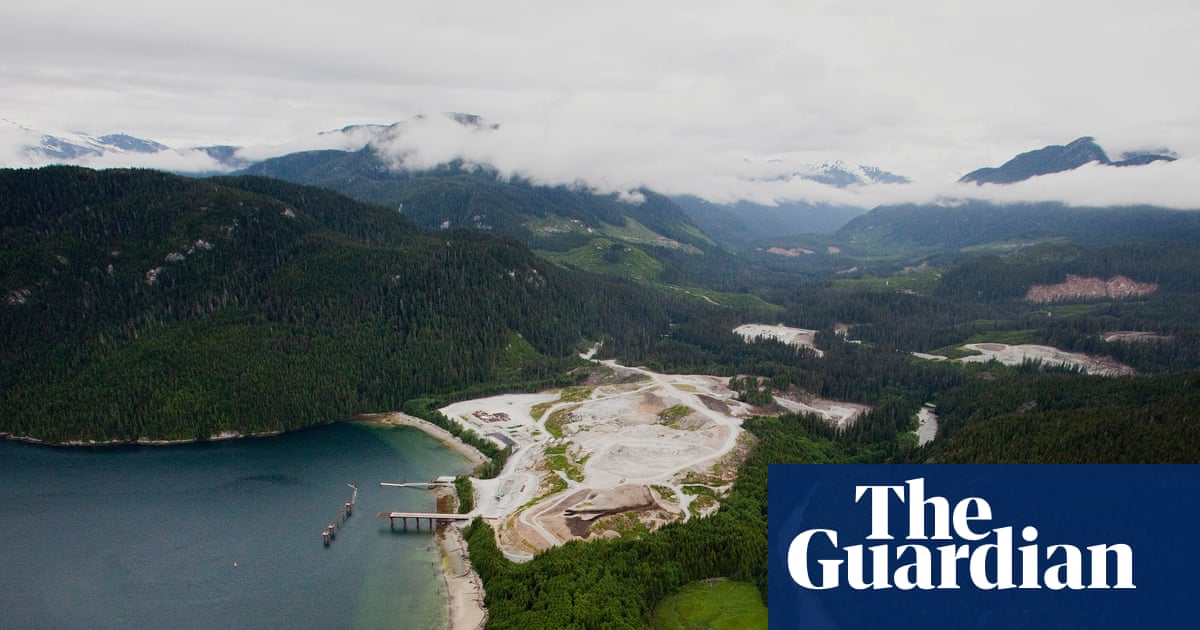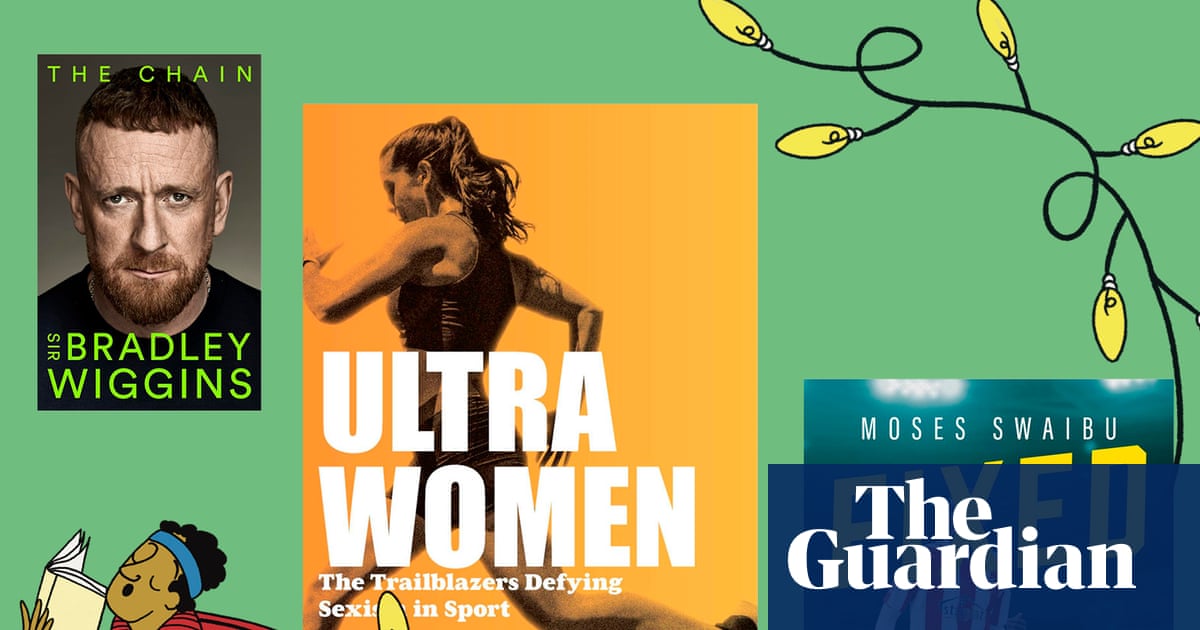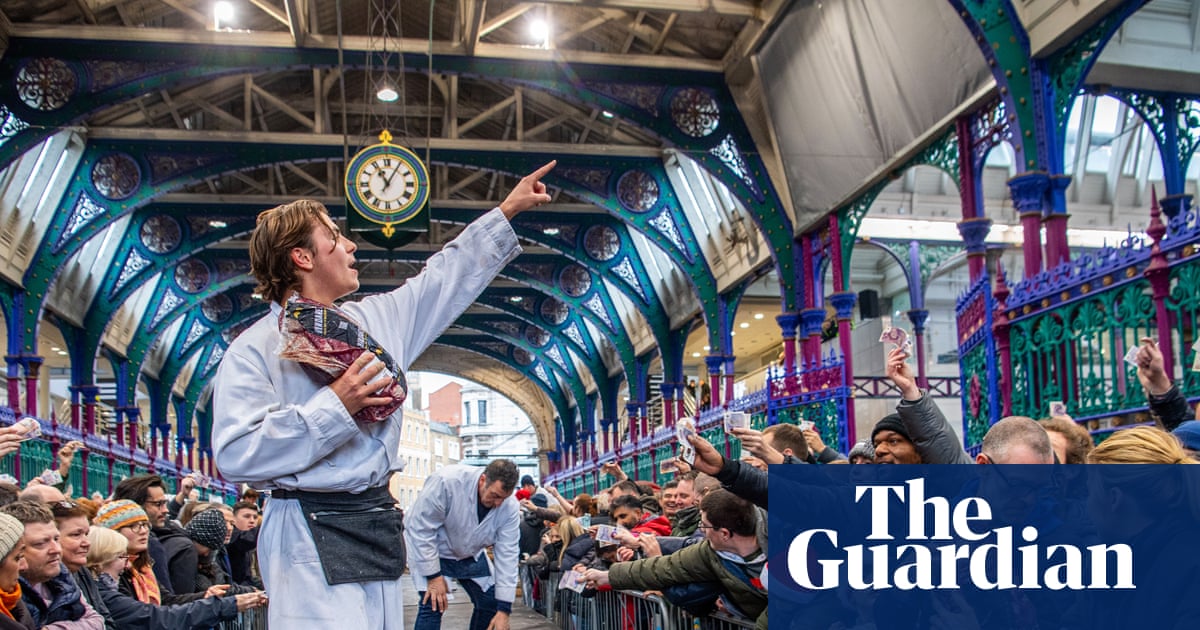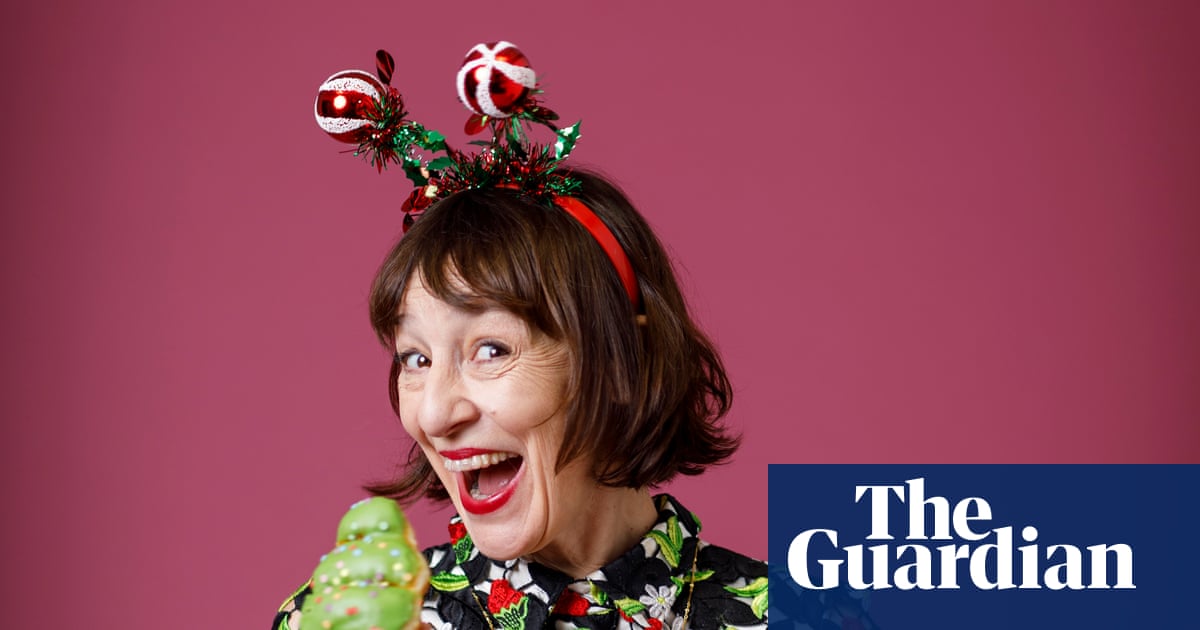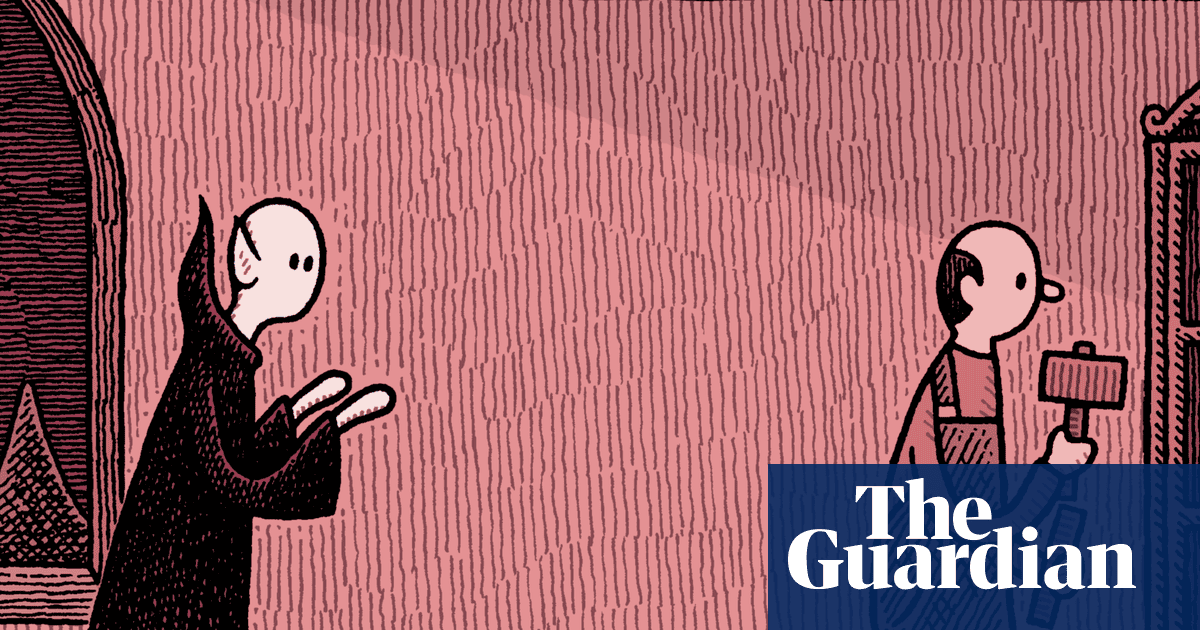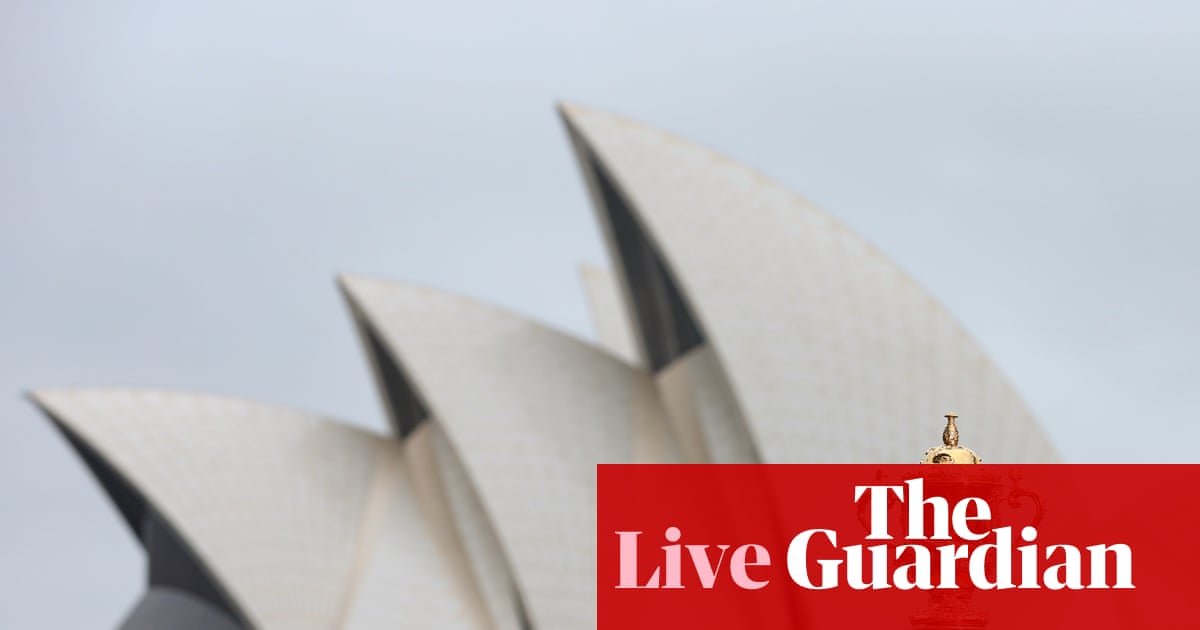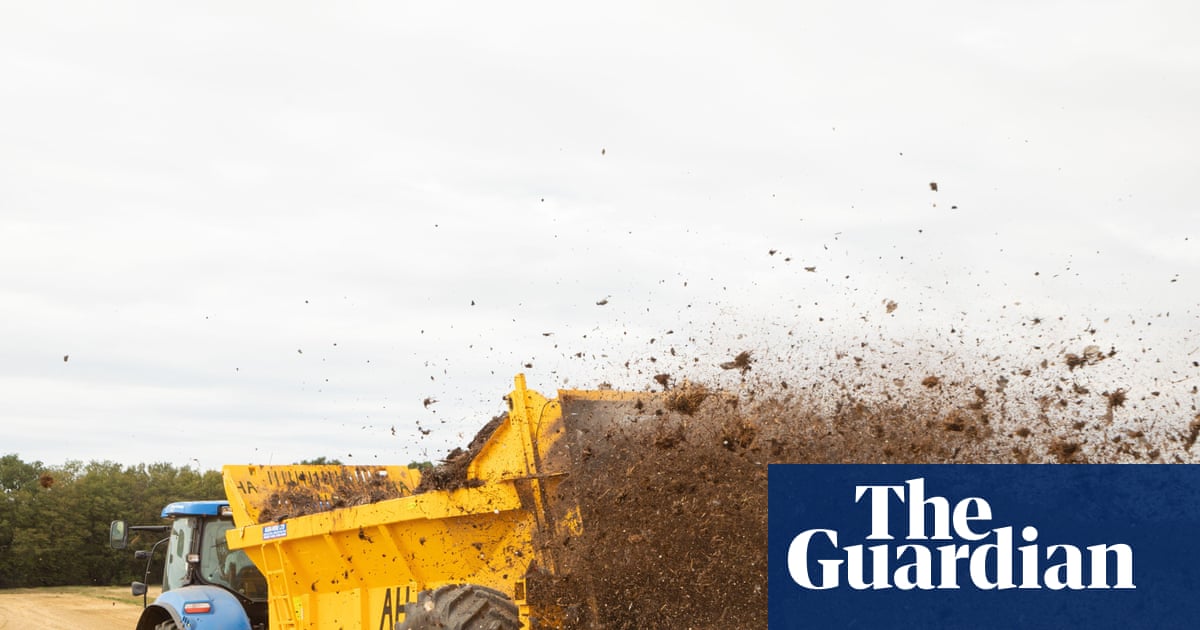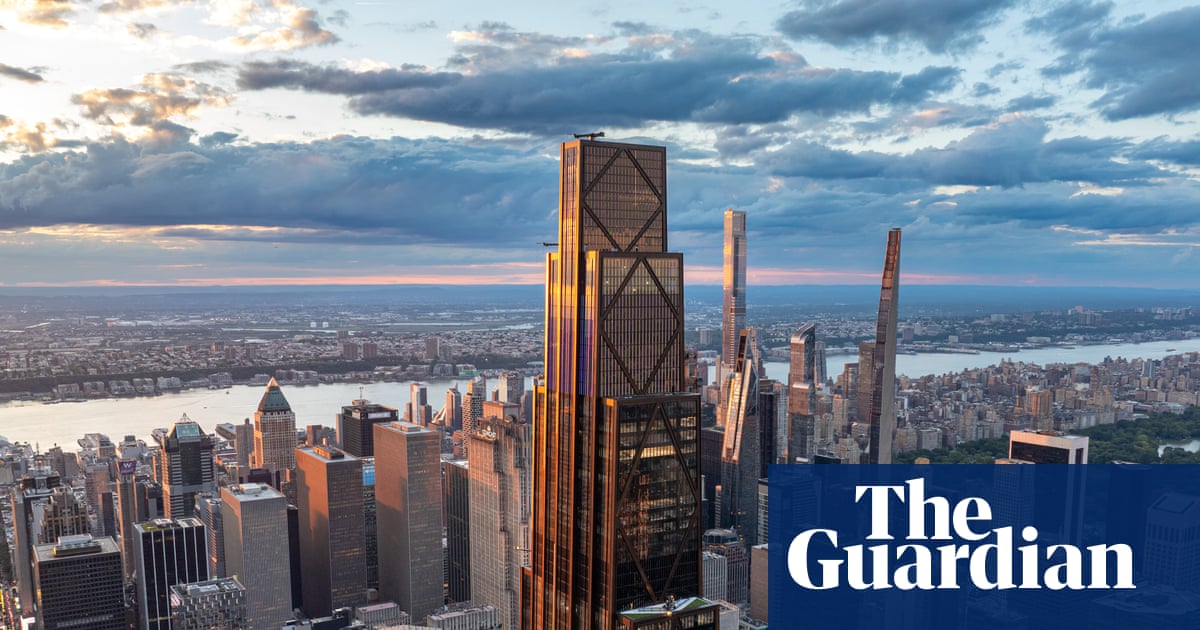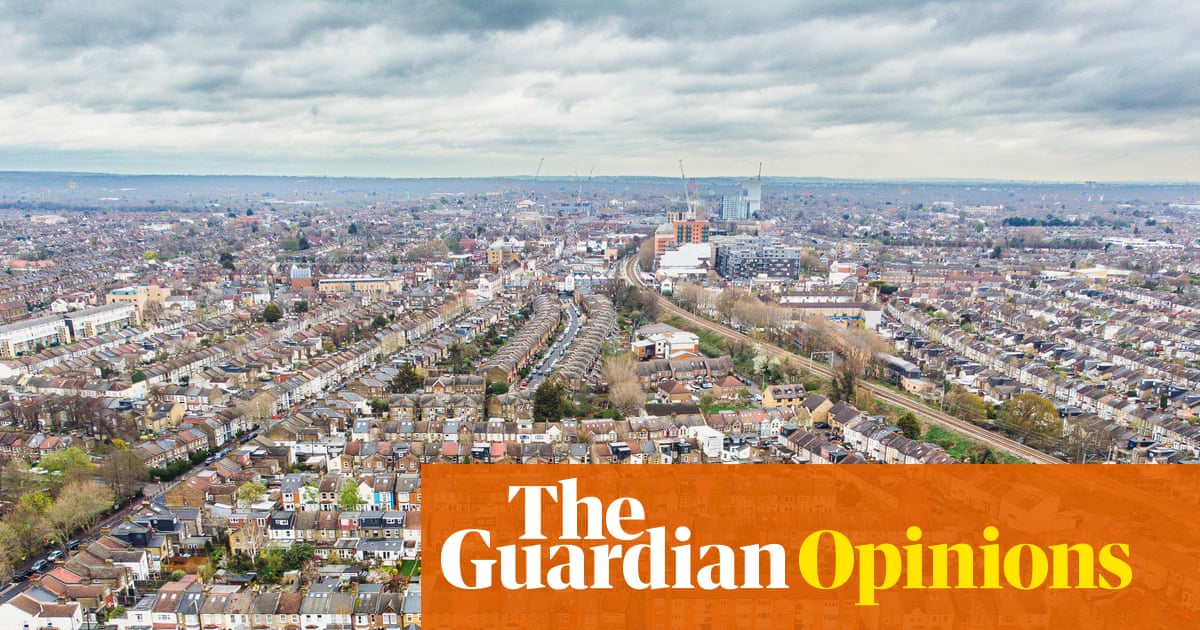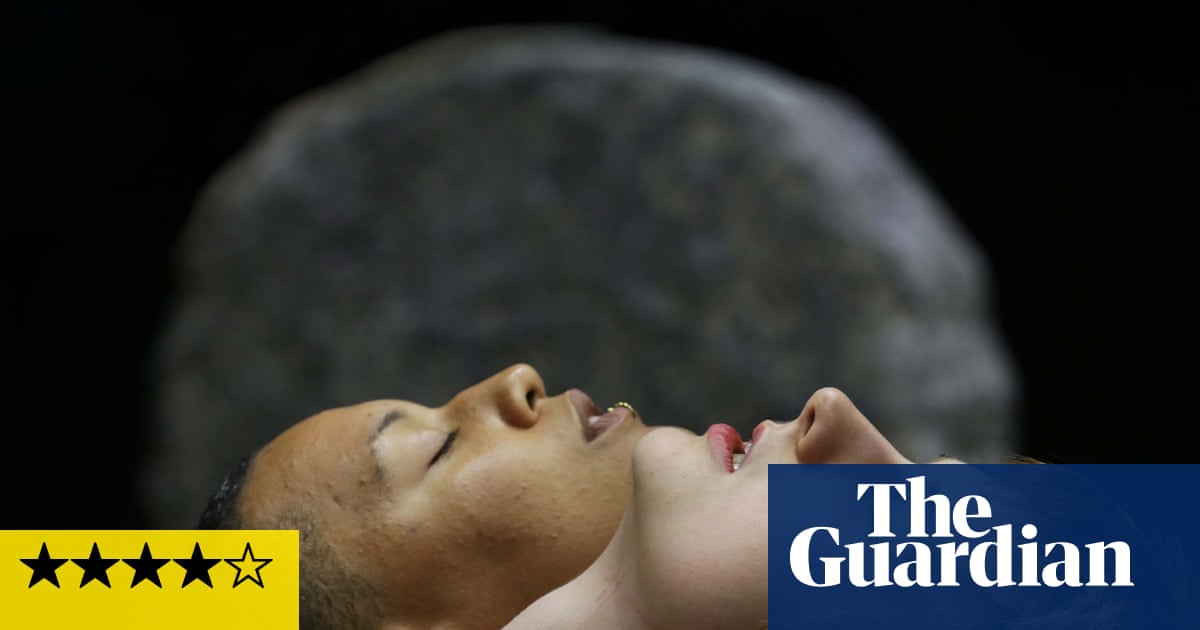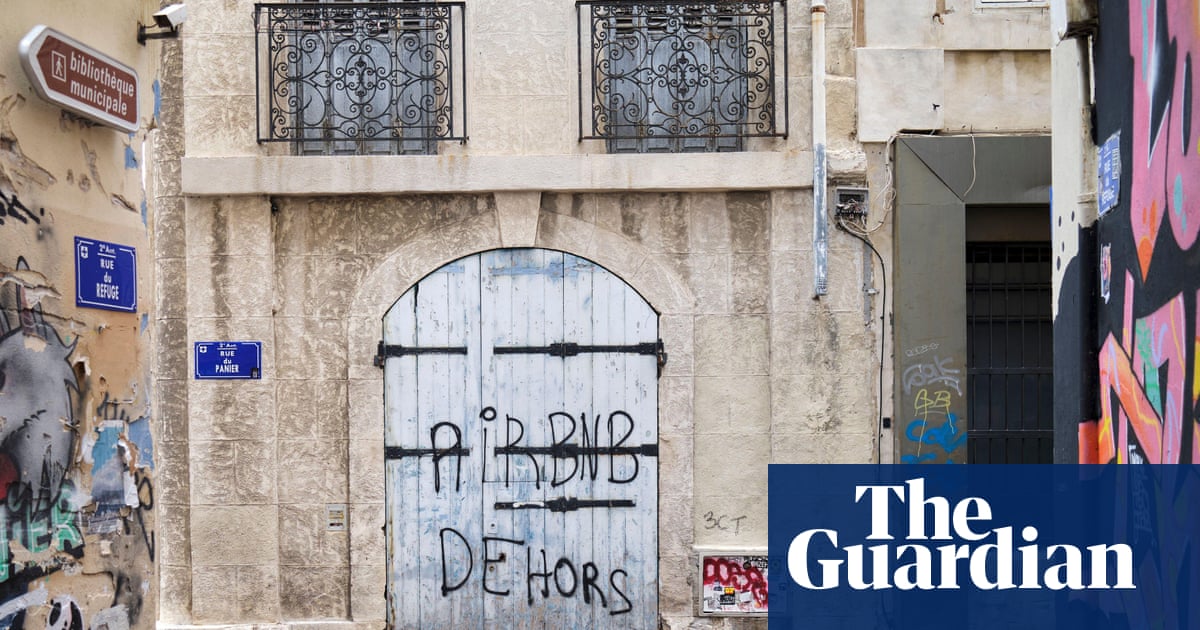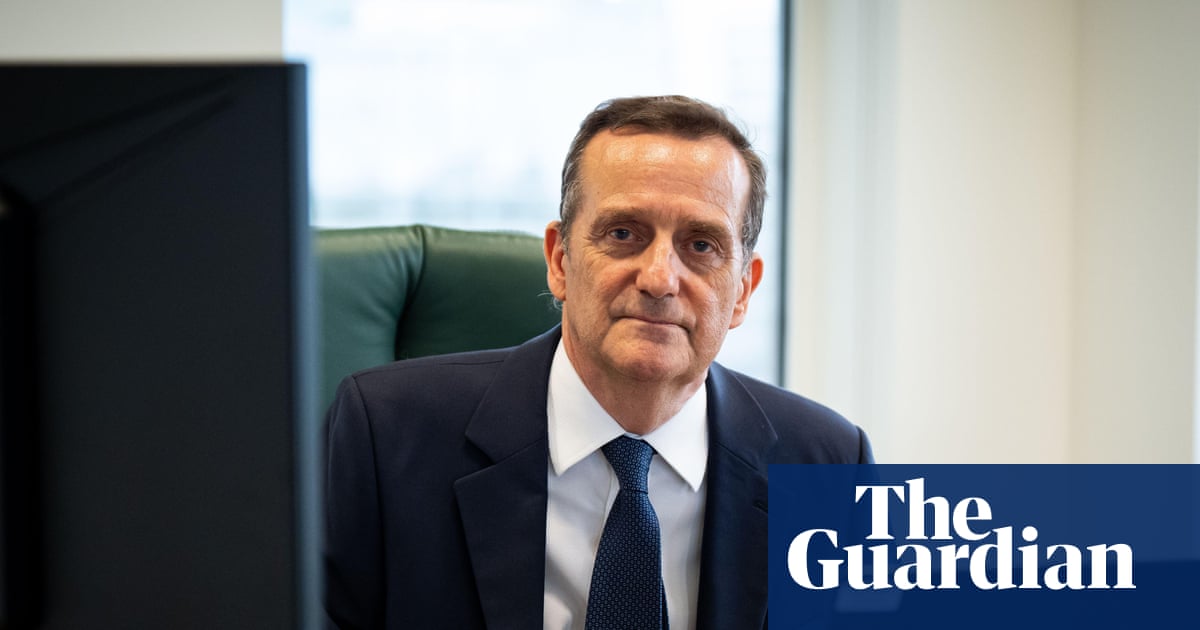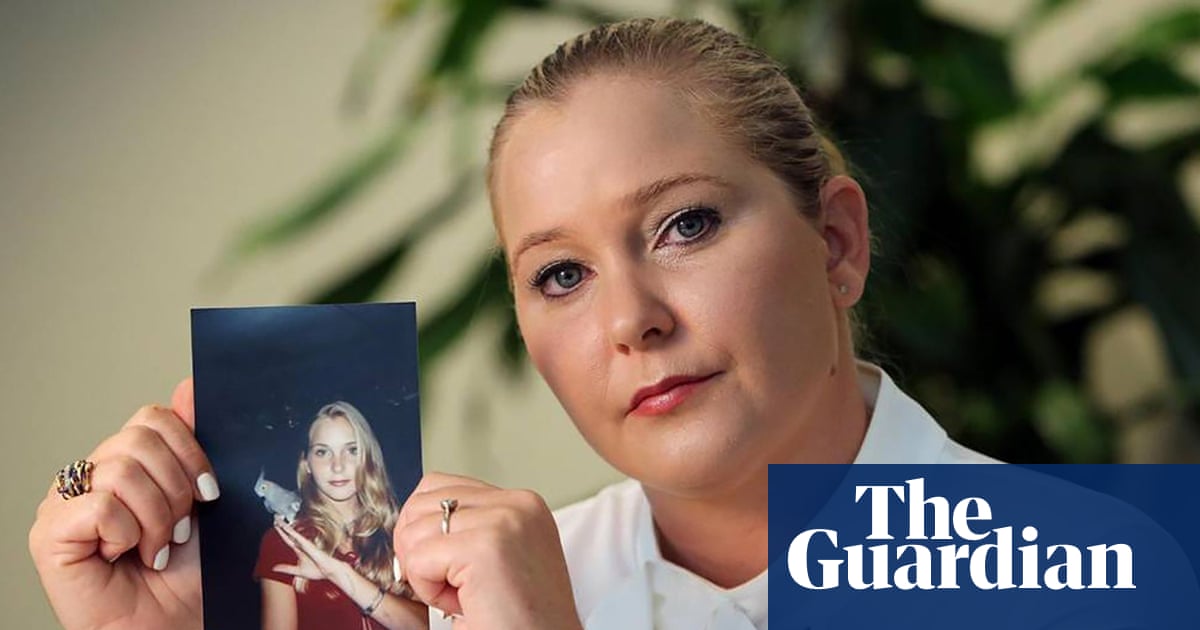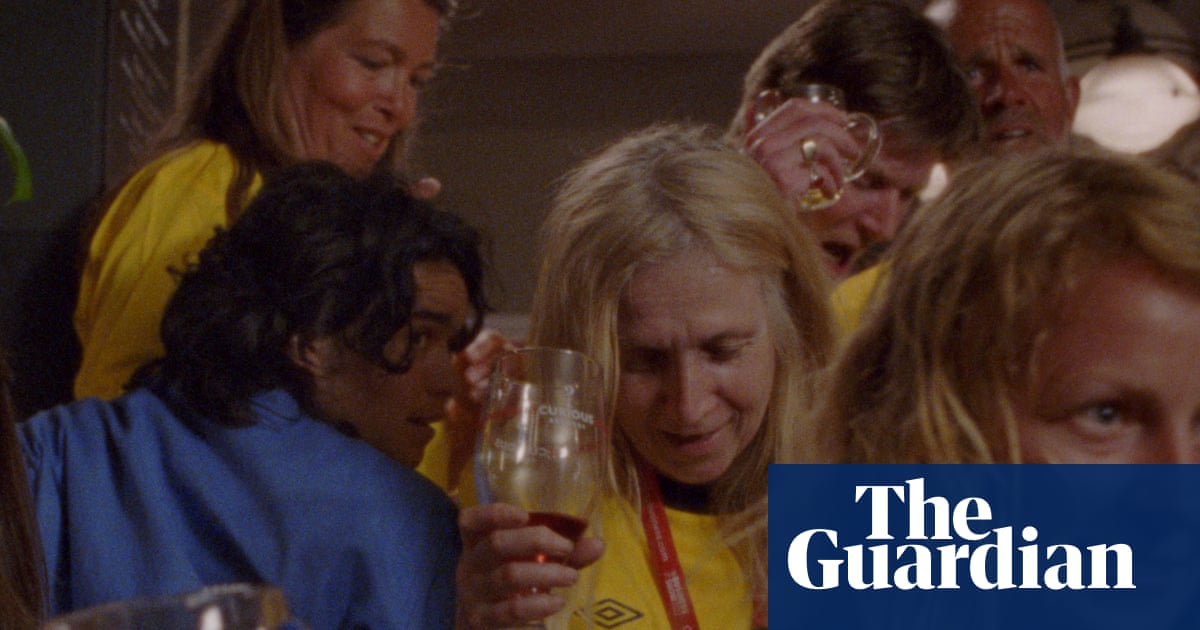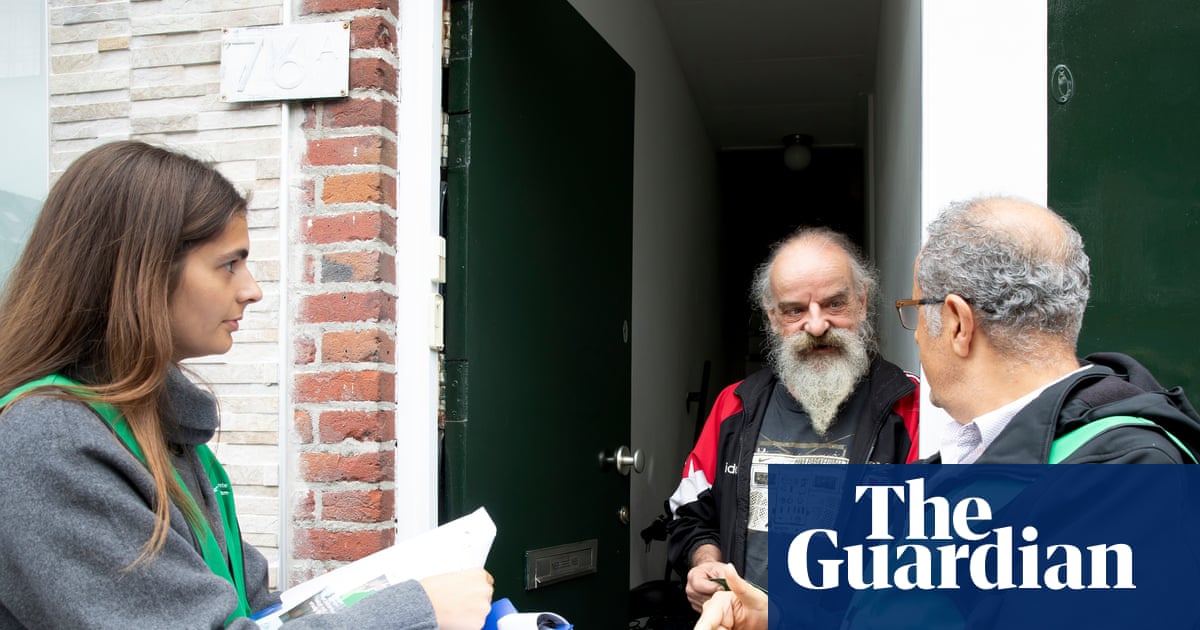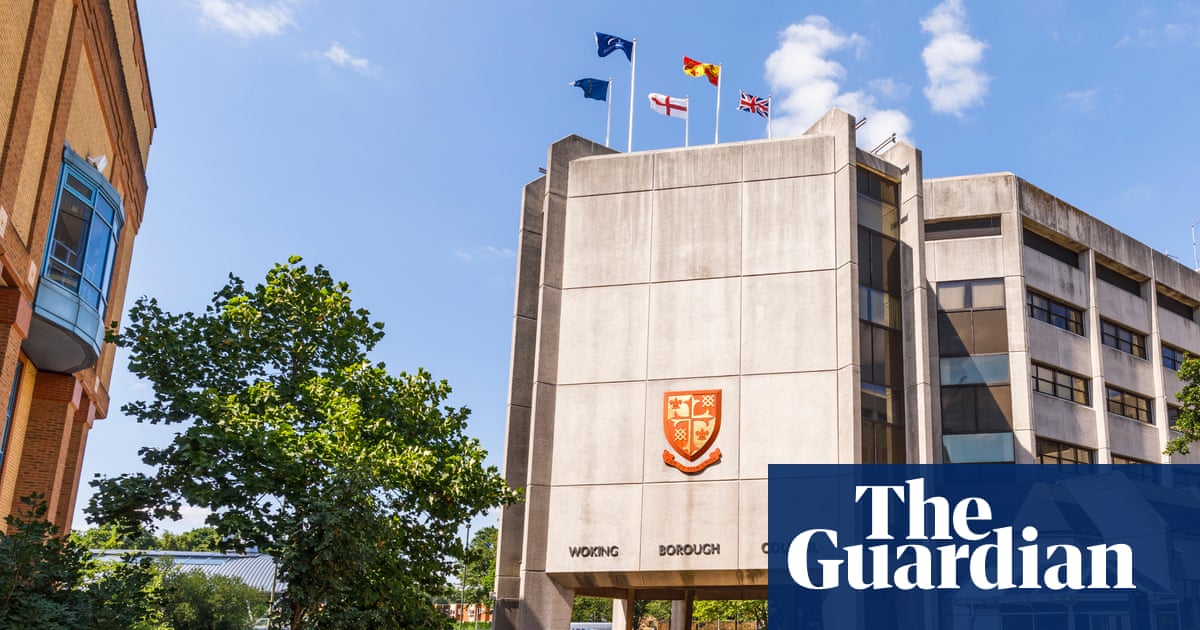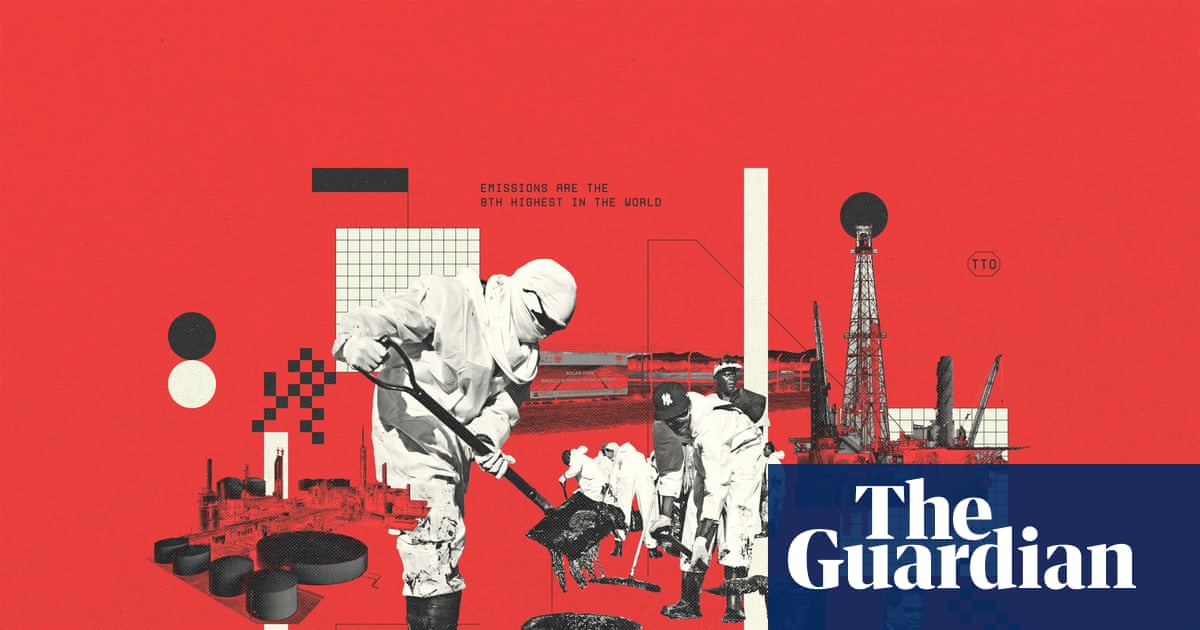Visitors to Tate Modern are used to unusual encounters in its vast Turbine Hall. They’ve sunbathed before an artificial sun, slid down helter skelters and witnessed AI-powered robotic jellyfish floating through the air. But this is the first time they will be taking a deep dive into a reindeer’s nose. The latest artist commission for the cavernous space – by the Indigenous Sámi artist Máret Ánne Sara – invites gallerygoers into a labyrinthine structure based on the scaled-up interior of a reindeer’s nasal passages. Once inside they can meander round or chill out on reindeer hides, listening on headphones to Sámi elders telling stories and imparting knowledge.
Why the nose? It might sound whimsical but the installation pays tribute to a little-known natural marvel: scientists have discovered that in under a second, the reindeer’s nose can heat the surrounding air it inhales by 80 degrees celsius, enabling the animal to survive in inhospitable Arctic temperatures. Scaling the nose up to larger than human size, Sara says, “creates a sense of inferiority that you as a human being are not dominant over nature”. The artist is a former journalist, children’s author and land defender, who comes from a reindeer-herding family in northern Norway. “Maybe that creates the potential to shift your perspective or trigger some humbleness,” she adds.
The maze-like structure is one of several components in Sara’s immersive commission celebrating the culture, science and philosophy of the Sámi, Europe’s only Indigenous people. Semi-nomadic, the Sámi number roughly 100,000 people ranged across northern Norway, Finland, Sweden, and Russia’s Kola Peninsula (an area they call Sápmi). They have faced persecution, forced assimilation and suppression of their language by all four nations. By focusing on the reindeer, an animal at the heart of the Sámi cosmology and creation story, the work also draws attention to the community’s struggles relating to the climate crisis, land dispossession and colonialism.
On the long entrance ramp, there’s a towering, 26-metre structure of reindeer hides trapped by power and light cables. It can be read as a metaphor for the political and economic systems constraining the Sámi. Part pylon, part celestial ladder, this part of the installation, titled Goavve- refers to the Sámi name for an extreme weather phenomenon, whereby dense layers of ice form as fluctuating temperatures melt and refreeze the snow, locking in the reindeers’ main winter food, lichen. Goavvi is a consequence of global heating, which is happening up to four times faster in the Arctic than elsewhere.

Three years ago, I visited Sara in Guovdageaidnu in the far reaches of Norway during a goavvi winter and accompanied Sámi herders on their snowmobiles in biting cold as they hauled trailers of food pellets on to the wind-scoured tundra to distribute to manually. The reindeer crowded round us, pawing the icy ground in vain for mossy morsels. This costly and labour-intensive process is having a drastic impact on reindeer husbandry – and on the animals’ self-sufficiency. But the alternative is starvation. As goavvi winters become commonplace, reindeer are dying – some from lack of food, others drowning after falling into lakes and rivers through prematurely melting ice. On one level, the work is a monument to them. “With the layering of materials, in a way I’m bringing the goavvi to London,” says Sara.
The sculpture also underscores the stark divergence between the western understanding of power as a resource to be harnessed for profit and survival and the Sámi worldview of energy as an innate life force in animals, people and land. Tate Modern’s history as a coal and oil power station is tied up in this, as is what the Sámi view as green colonialism by Scandinavian states. In their efforts to be standard bearers for renewable energy, Nordic nations have locked horns with the Sámi over the construction of windfarms, hydroelectric dams and mines on their ancestral land; the Sámi argue their human rights, livelihoods and way of life are threatened. “It’s very difficult being such a small minority to defend yourself when the arguments are rooted in saving the world,” Sara notes. “Extractivism has adopted the language of ecology, but still it’s just aiming to find more suitable ways to continue habits of consumption.”
The artist and her family have themselves clashed with the Norwegian government over its increasingly stringent policies on herding. In 2016 Sara’s brother embarked on a series of ultimately unsuccessful lawsuits over the forced culling of his herd, ostensibly to stop overgrazing. In support, Sara created a four-year series of artworks titled Pile O’Sápmi including a colossal curtain of 400 reindeer skulls, which was exhibited at the 2017 art exhibition Documenta 14 and later acquired by the National Museum of Oslo, where it hangs in the entrance.
For many Sámi, art seems the only sphere in which they can be heard by people of other nations. In 2022, Sara was one of three Indigenous artists who represented Norway, Finland and Sweden at the Venice Biennale when the Nordic Pavilion was temporarily rebranded the Sámi Pavilion. So her Turbine Hall commission has major political significance for the Sámi community and beyond. “This has so much synergy for Indigenous people globally, and for so many people who are not Indigenous, but who also feel strongly about the importance of ecological justice,” says Katya García-Antón, curator of the 2022 Sámi Pavilion, about the Turbine Hall work. “It will bring that conversation about rising temperatures closer. People will see that it’s not across the Atlantic or somewhere in the Amazon. It’s in Europe.”

Sara’s message is not about pitting western science against Indigenous knowledge; she’s interested in the way crucial, life-sustaining information has been gathered and transferred down generations of Sámi, through being so closely attuned to nature. This connectedness is expressed through her materials: animal pelts, bones, wood and power cables. Washing over the Turbine Hall is a soundscape of field recordings, which combines the natural sounds of a reindeer herd, mosquitoes, birds and Sámi traditional songs or joiks, with the hum and reverberation of industrial machinery.
The structure modelled on a reindeer’s nasal passages is called -Geabbil (meaning “smartly adaptable” in Sámi). Alluding to Sámi traditions of makeshift home building, it is made with wooden poles, which are carved with the reindeer earmarks that distinguished generations of herds tended by Sara’s family. The walls are decorated with reindeer bones and skulls in a nod to Pile O’Sápmi. While to a westerner, the use of reindeer parts in an artwork may seem like cruelty to animals, here it underpins the Sámi notion of “duodji” – often crudely translated as “craft” but embodying a whole philosophy of life based on the interdependence of humans, animals and nature; this means that when any animal is slaughtered, nothing goes to waste. Animal wisdom can teach us a lot, say the Sámi, who do not believe in human supremacy.
Sara recounts a childhood memory. When her ordinarily strong, resourceful father was summoned to the police station for supposedly letting his reindeer eat flowers, she was shocked to witness his posture, voice and gaze change before a high-ranking officer; above all she remembered his sudden “uncomfortable” smell, which she later understood as embodying his fear. The artist realised that reindeer similarly emit a warning scent through their bodies when stressed. “Looking at smell as a language, my memory started to make sense, understanding that we are linked with animals biologically and spiritually in every way,” she says. “As a child in that moment I was given so much information by my father’s presence, but wasn’t able to receive it.”
Sara has worked with an Algerian perfumer, Nadjib Achaibou, to capture the reindeer’s scent of fear and diffused this around the goavvi installation to reinforce its negative associations with extractivism and other catalysts of climate breakdown. In contrast, a pleasant aroma evoking reindeer milk, Sara’s breast milk and natural sweetgrass is intended to evoke hope at the entrance of the “geabbil” nose structure. These scents can provoke powerful visceral reactions. The first “blocks off my body,” the artist notes, whereas on smelling the second “instinctively I could feel my posture changing and my lungs and chest opening up”.
For Sara, this Tate commission carries inherent promise. “There’s something very hopeful about the potential of anyone sitting down to soak this in with openness in their bodies and perspectives,” she says. “For me this is also a futuristic project, an invitation to learn from and incorporate Indigenous philosophy and knowledge into a global future.”

.png) 1 month ago
51
1 month ago
51



